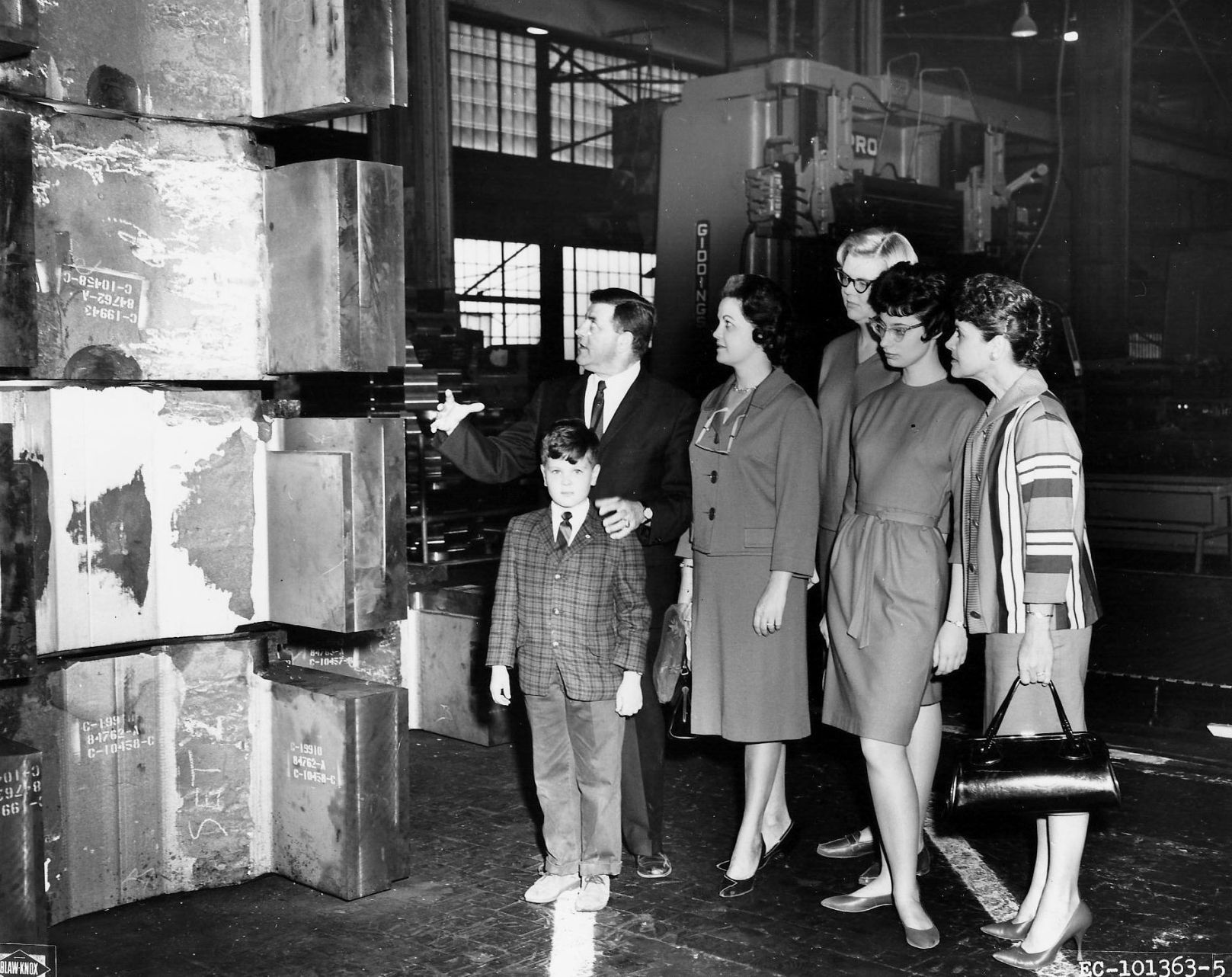

In fact, White spent on materials alone what a finished, imported sewing machine cost in the United States. market, and it was becoming impossible to compete with their prices. While White had improved its production methods significantly, and 2,000 machines were rolling forth a day, imported machines from Germany, Italy, and Japan, had begun to swamp the U.S. The world was a changed place by then, as a strong demand for consumer goods ensued. A new administration building was completed in 1951. Production was high enough to necessitate a move to a bigger plant in 1949. companies, White turned over its manufacturing for the purpose of producing goods to aid the war effort. This product did well enough to warrant the formation of a second subsidiary in 1939, White Sewing Machine Products Limited, in Canada.ĭuring World War II, like many U.S. White continued to innovate, introducing the first sewing machine outside of its traditional black models, which was made of a magnesium alloy and was also much lighter than its forebears. With the Great Depression came renewed interest in home sewing. Eventually a subsidiary, which became known as Standard Sewing Equipment Corporation, was formed. and, from Sears, the Domestic Sewing Machine Co. By 1926, White had acquired Theodore Kundtz Furniture Factory, which made White ’s sewing furniture King Sewing Machine Co. The next year, it signed a contract with Sears, Roebuck & Co to supply them with private-label machines: over the next 12 years, White supplied Sears with about 20 percent of their sewing machine output. Naturally, all of these advances made the company ’s sewing machines even more popular, so in 1923, White Sewing stopped manufacturing its other product lines and focused on sewing machines and accessories.
#THE NORWOOD WHITE CONSOLIDATED CO OF CHICAGO 1930 FULL#
Meanwhile, White ’s sewing machine innovations piled up, including the progenitor to the portable sewing machine, the first furniture-style sewing machine cabinets, the first full rotary mechanism, and, in the 1920s, an electric motor. then turned its attention back to its original product.

When White ’s sons couldn ’t convince their father that the steam automobile was worth keeping in production, Windsor and Walter White spun that product division off from White, forming the White Motor Corporation in 1906. Indeed, White diversified as early as 1903 - making roller skates, automatic lathes, kerosene lamps, and even cars. The early days of the 20th century were explosive with growth for the company. While the founder ’s love was truly sewing machines, and he pursued many related innovations, his sons became interested in other types of machinery, such as steam-powered automobiles. changed its name to the White Sewing Machine Company when it became incorporated in 1876. By 1866, sales were hot enough to prompt White to move from his native Massachusetts to Cleveland, Ohio, to be closer to his suppliers and markets. In 1858, with a patent and a partner, White began making “The New England Sewing Machine, ” which sold for $10.

White, was 22 years old when he invented a single-thread sewing machine small enough to fit in the palm of a hand. The man whose name the company bears, Thomas H. Perhaps most recognized in the United States among WCI ’s holdings are the brand names of Viking and White sewing machines, Eureka vacuum cleaners, appliances under the Philco, White-Westinghouse, and Tappan names, and Poulan/Weed Eater chainsaws and trimmers. (WCI), part of the Electrolux Group since 1986, manufactures and markets a wide variety of appliances for Electrolux ’s North American operations. SICs: 5064 Electrical Appliances Television & Radio Incorporated: 1876 as White Sewing Machine Company


 0 kommentar(er)
0 kommentar(er)
